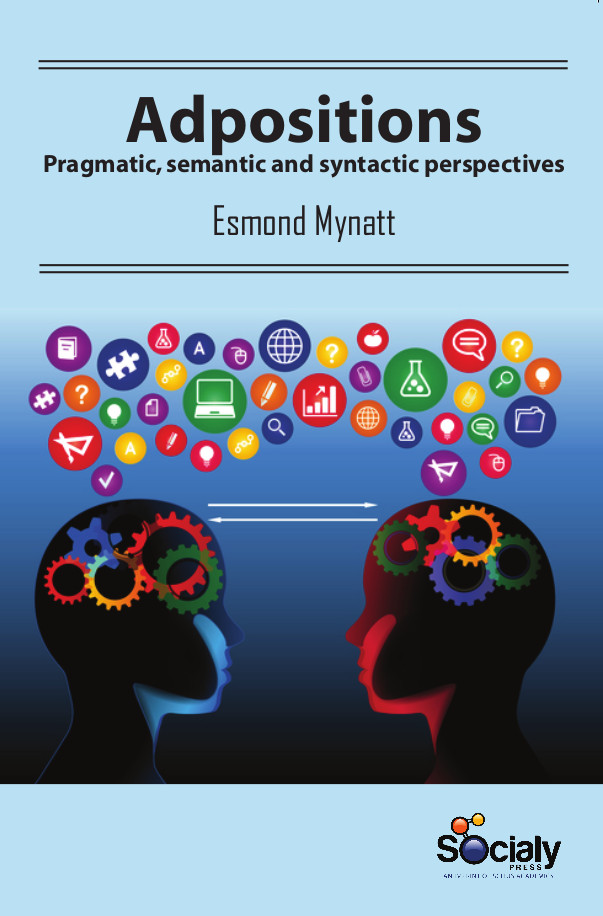Prepositions and postpositions, together called adpositions, are a class of words that express spatial or temporal relations or mark various semantic roles. However, some linguists prefer to use the well-known and longer established term preposition in place of adposition, irrespective of position relative to the complement. Adpositions have been studied from various points of view, including syntax, semantics, and neurolinguistics, and this compilation contains chapters devoted to each of these. though, adpositions can be considered a fundamental part of speech because using lexemes only does not suffice to build a sentence, at least one which is recognized as complete and is not reduced to a one-word exclamation or interrogation. Certain tools are necessary to link lexemes to one another and to the whole sentence, thereby setting up dependency relationships. Preposition selection is important in any NLP application that operates at the syntax semantics interface, that is, that overtly translates surface strings onto semantic representations, or vice versa. Research on the formal semantics of prepositions has focused predominantly on devising representations for temporal, spatial, and locative usages, the three most productive and coherent classes of prepositions. Prepositions can be used in order to convey temporal information relevant to the duration of a proposition.
Adpositions: Pragmatic, semantic and syntactic perspectives deal with the studies of adpositions in a variety of languages and from a number of perspectives. It discusses the internal structure of adpositional phrases and provides evidence for the view that, even when analyzing one single language, distinct syntactic patterns need to be set up in order to cope adequately with the data.
This Book will be of interest to students and researchers in theoretical and applied linguistics, in addition to those who have a special interest in any of the languages treated.







